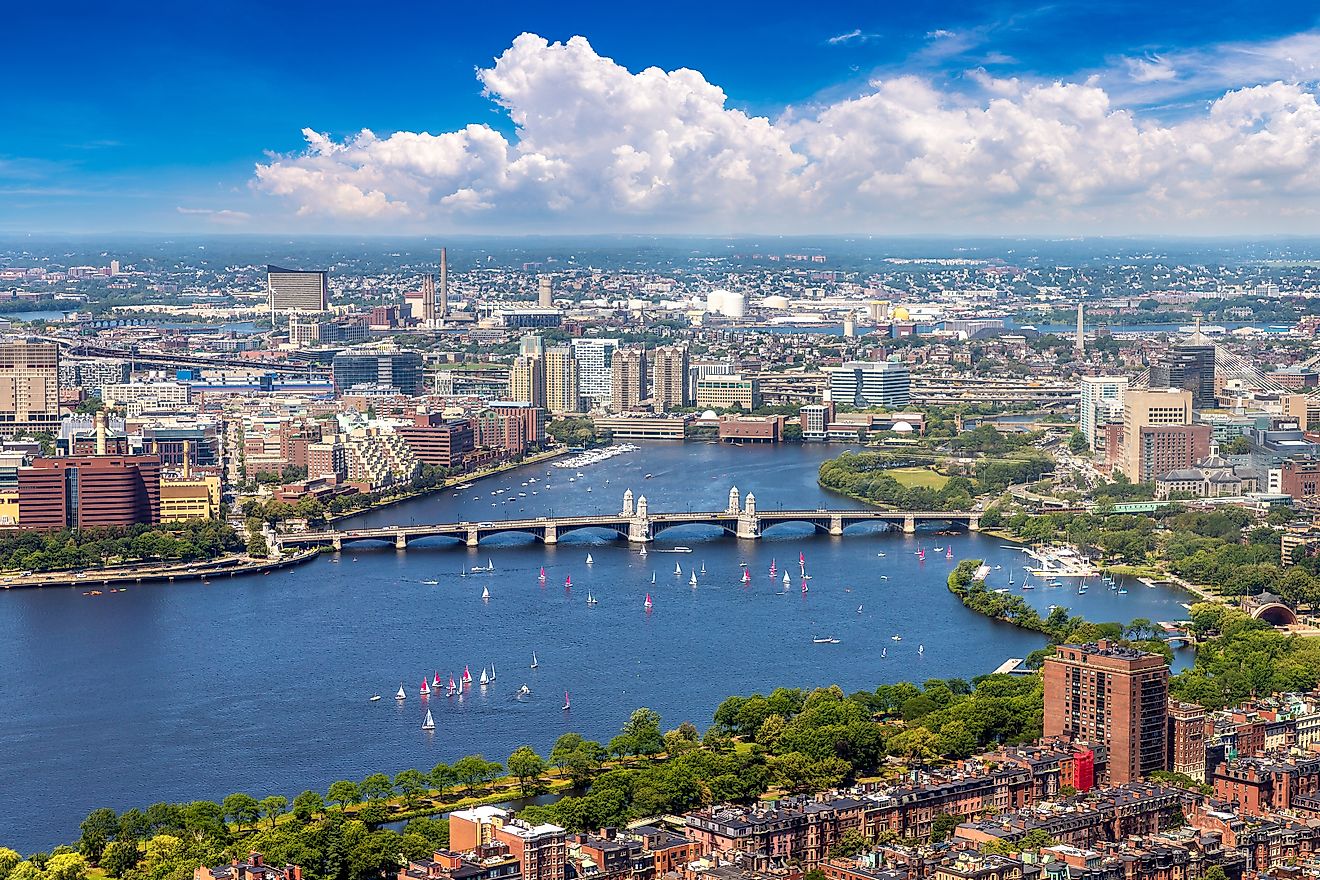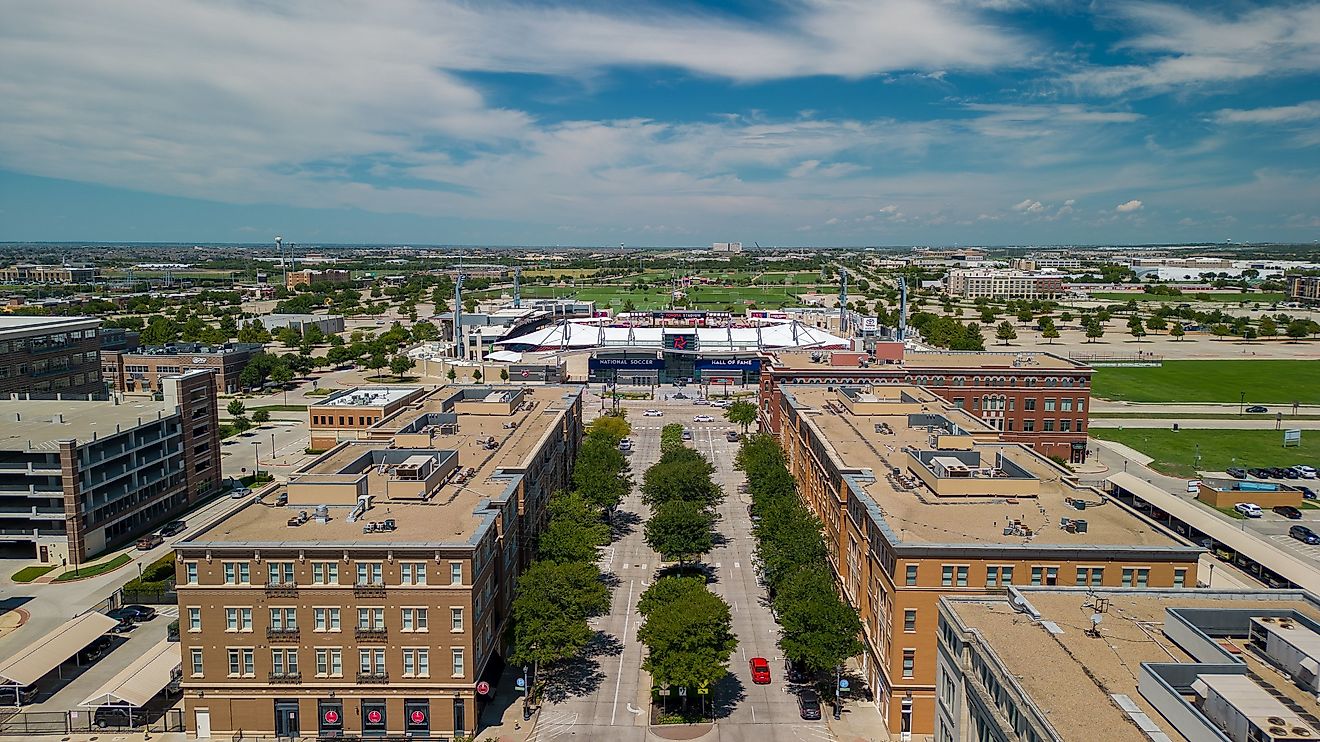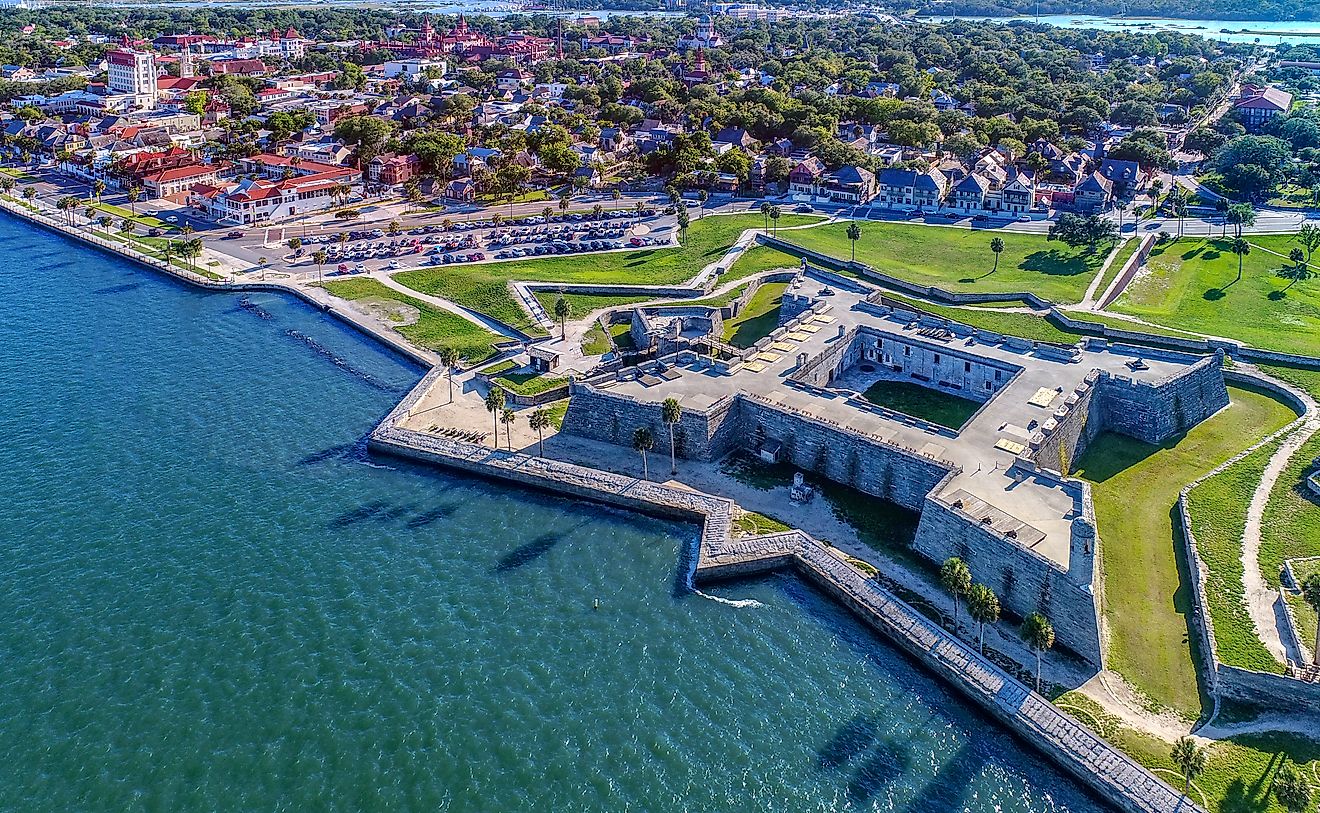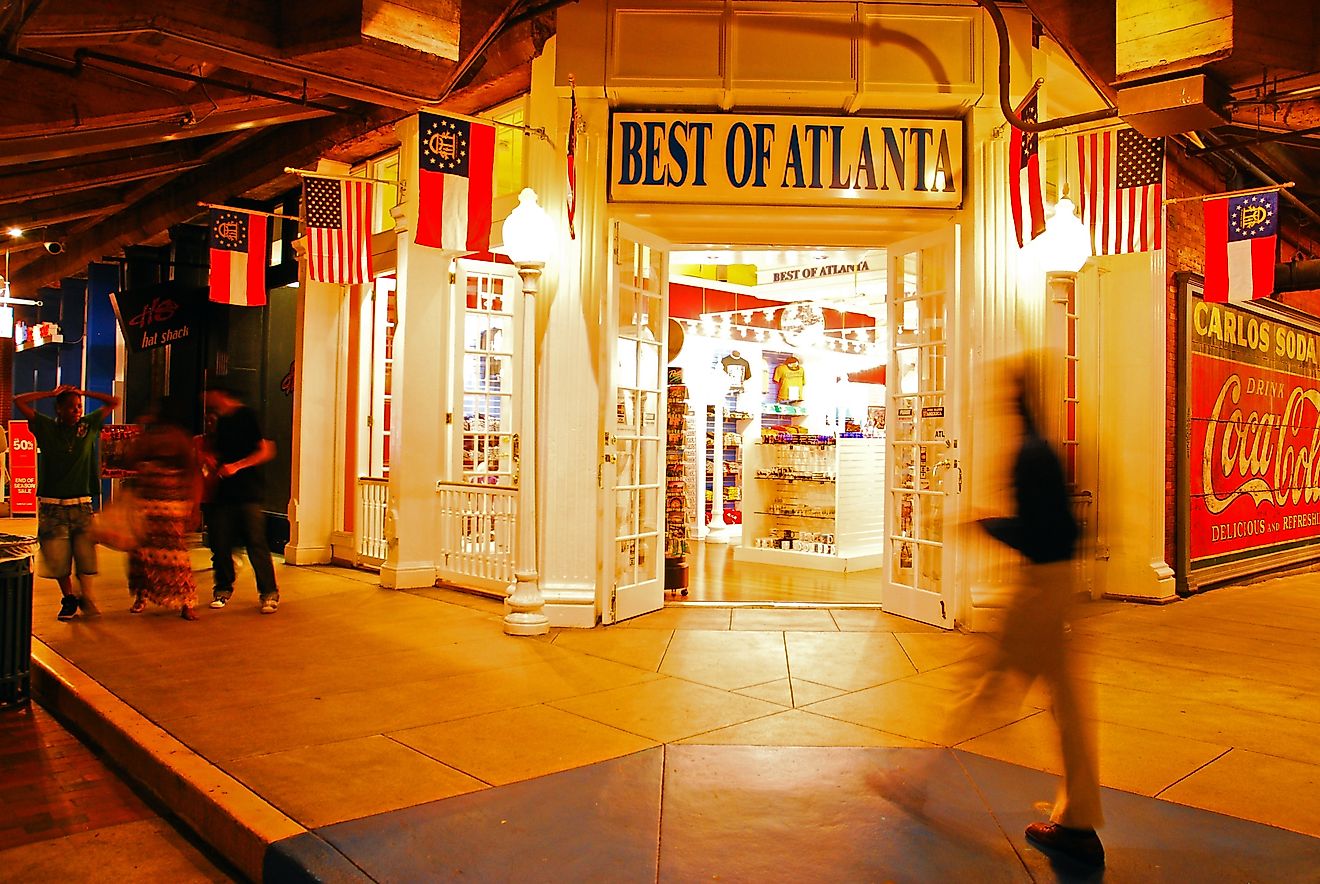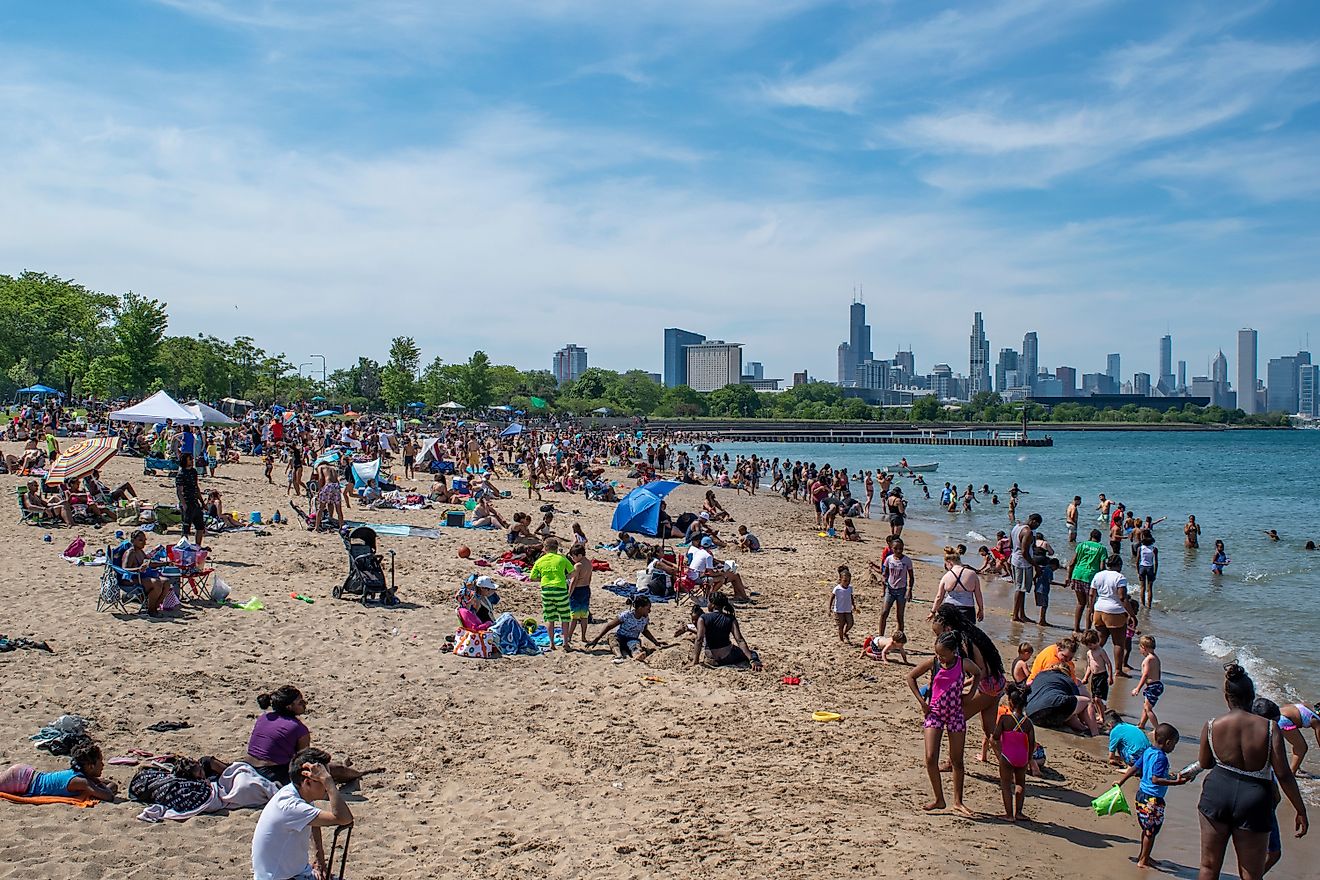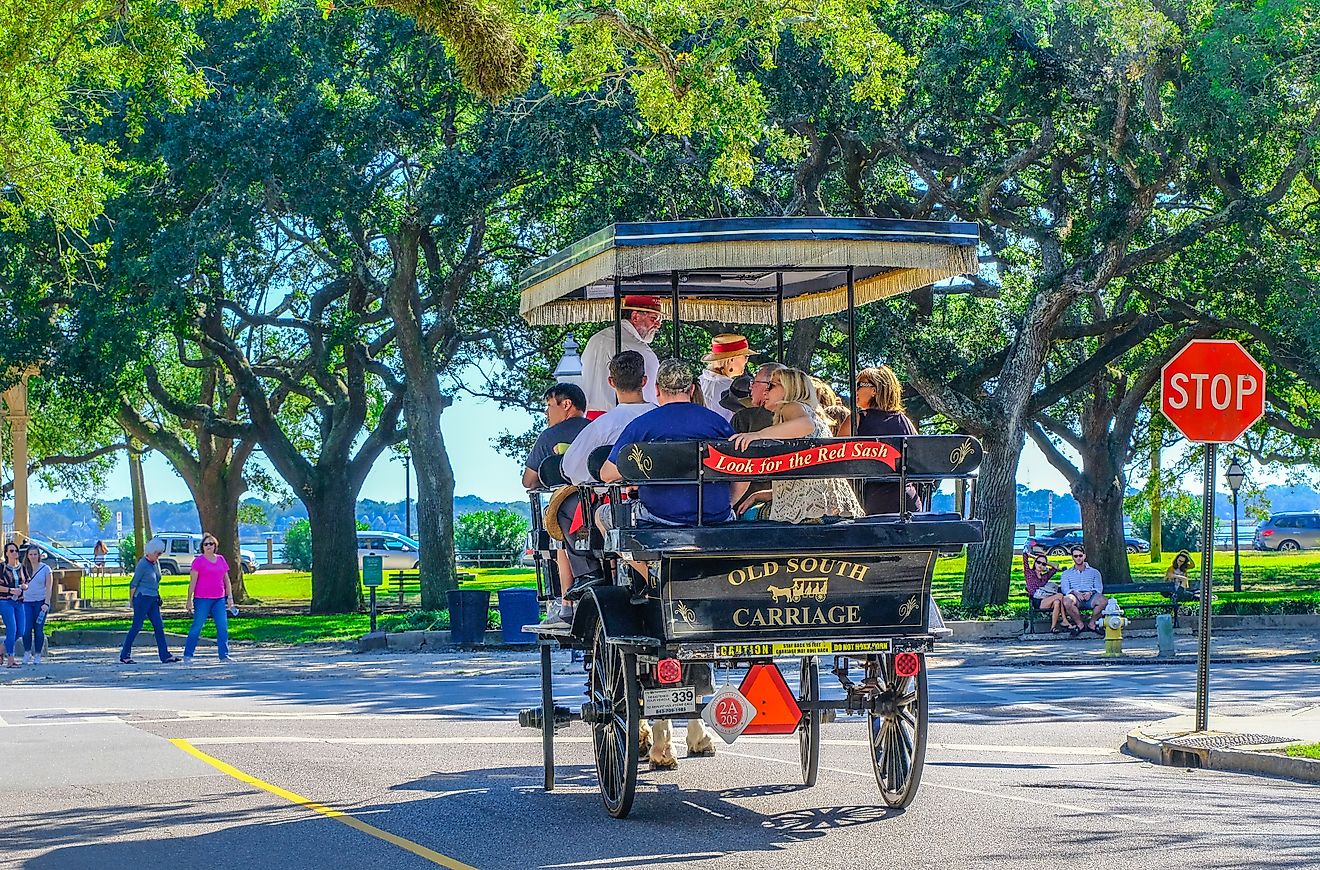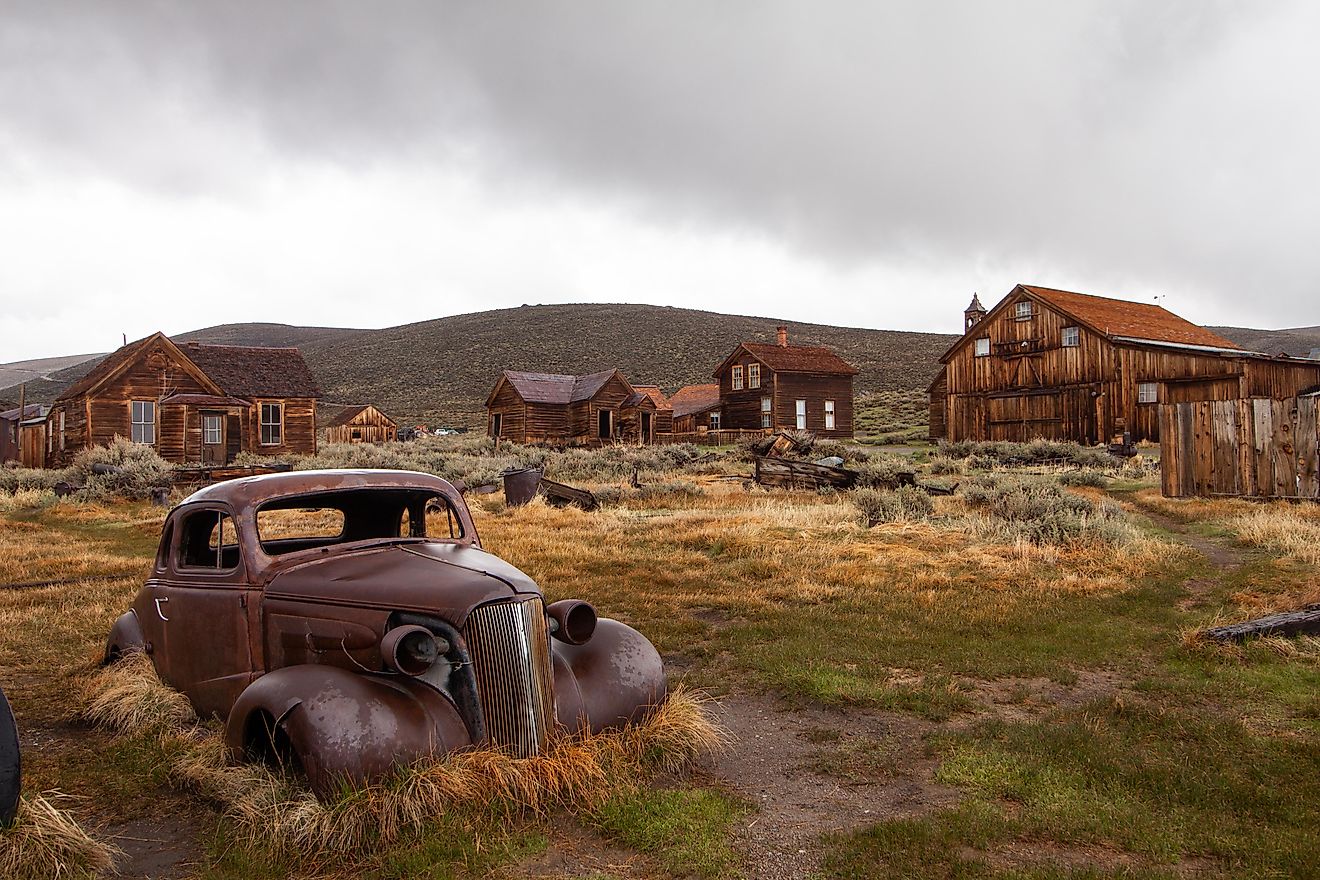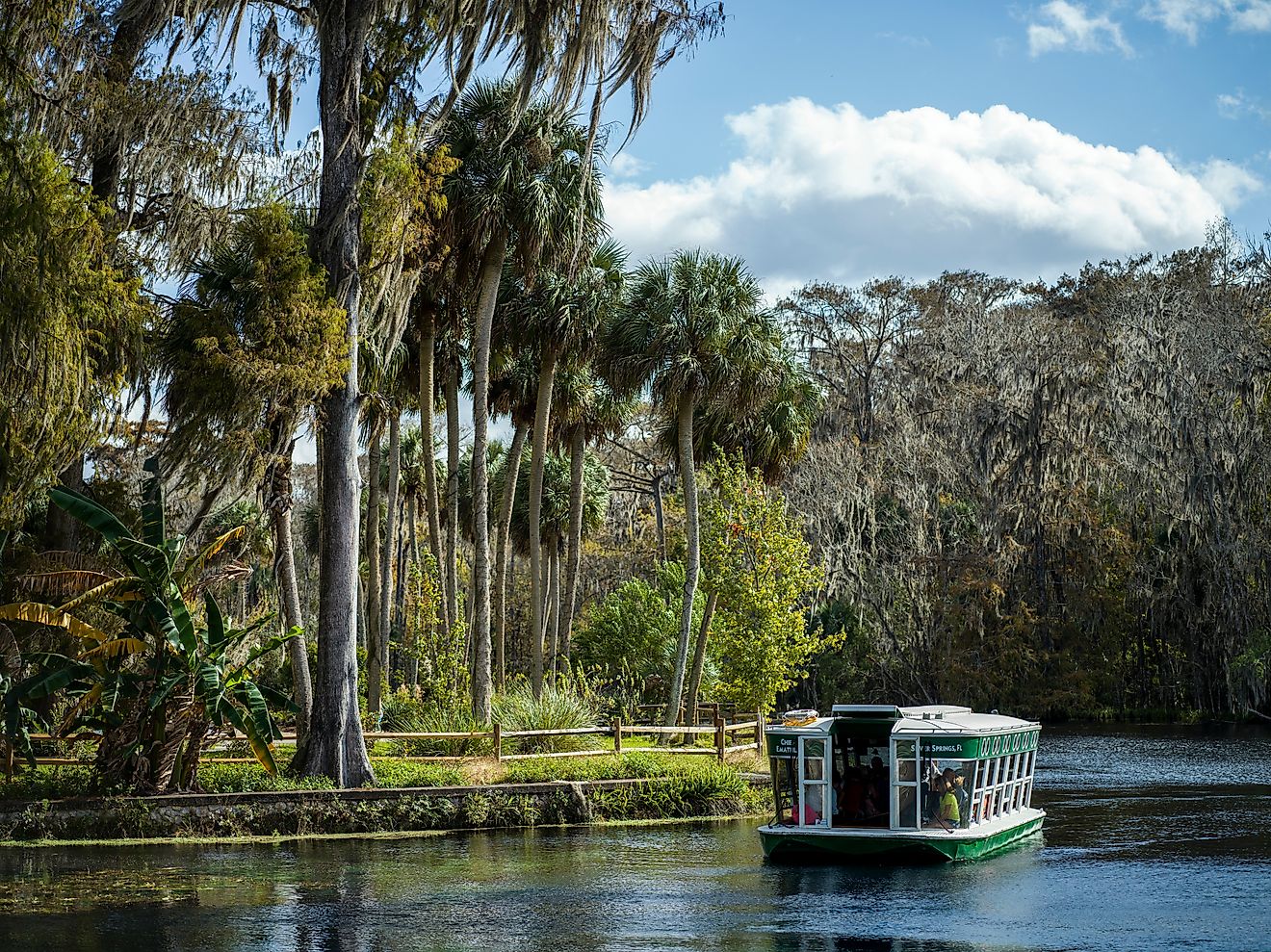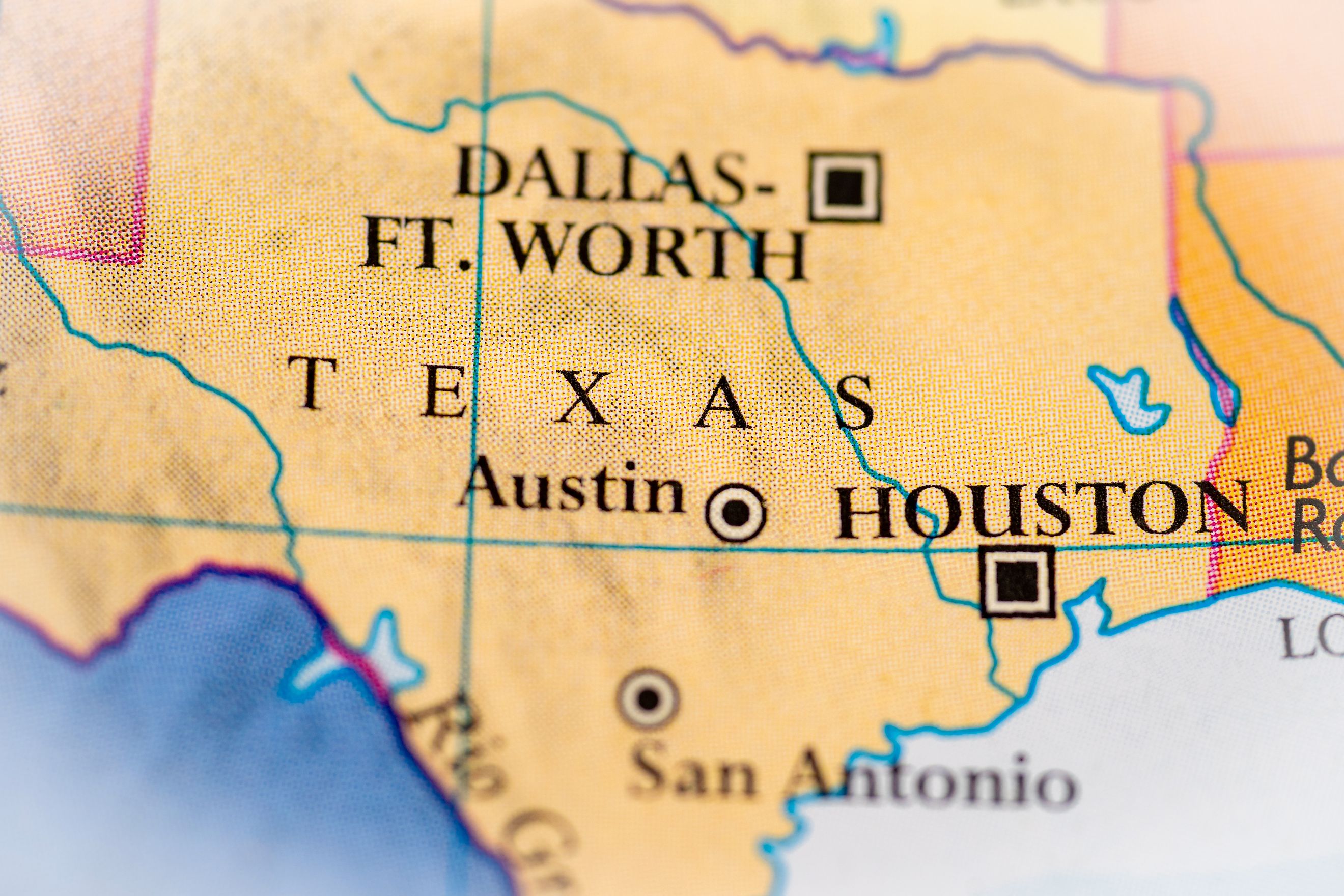
Which Cities Form the Texas Triangle?
The Texas Triangle is one of the most dynamic regions in the United States, linking the state’s largest cities and shaping its economy, culture, and population growth. The Triangle connects Dallas-Fort Worth, Houston, and San Antonio, with Austin near the center, and it is home to over half of Texas’s residents. Highways crisscross the region, tying together major cities, smaller metropolitan areas, and rural counties in a dense network of urban activity.
Understanding the Texas Triangle
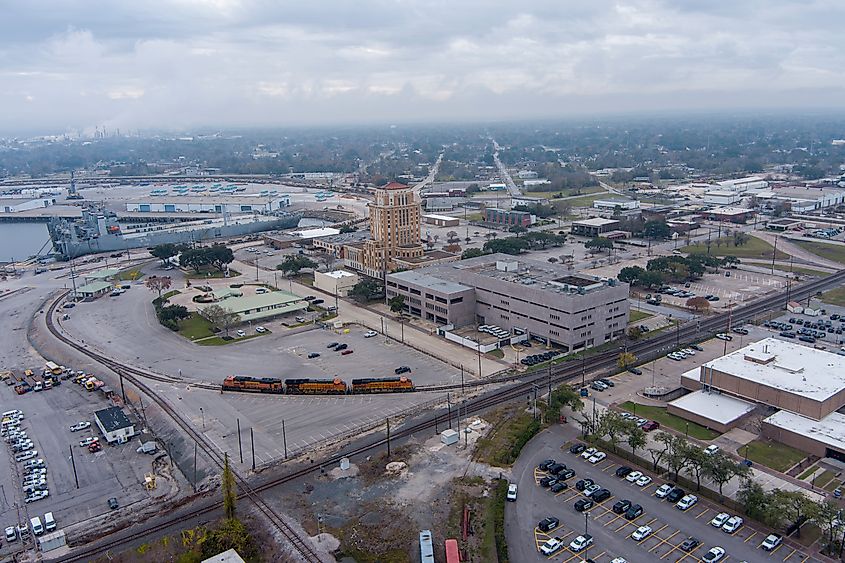
The Texas Triangle is defined as a megaregion, a cluster of interconnected metropolitan areas with shared economic and cultural ties.
Key facts about the Triangle:
-
Population (2025): Nearly 23 million
-
Land area: 60,000 square miles, less than one-quarter of Texas
-
Highways connecting the region:
-
Interstate 35: Dallas-Fort Worth → Austin → San Antonio
-
Interstate 45: Dallas → Houston
-
Interstate 10: Houston → San Antonio
-
-
Additional metropolitan areas: Bryan-College Station, Killeen-Temple-Fort Hood, Waco
-
Micropolitan areas: Brenham, Corsicana, Huntsville, and more
-
Central county: Burleson County
The term “Texas Triangle” comes from urban planning studies and research on megaregions conducted by America 2050 and the Metropolitan Institute at Virginia Tech. In 2025, the Texas Triangle reached a population of nearly 23 million, reflecting rapid growth across the state. Experts project that in the next 40 years, the population could increase by more than 65 percent, meaning that nearly 78 percent of Texans will live within the Triangle.
Dallas-Fort Worth
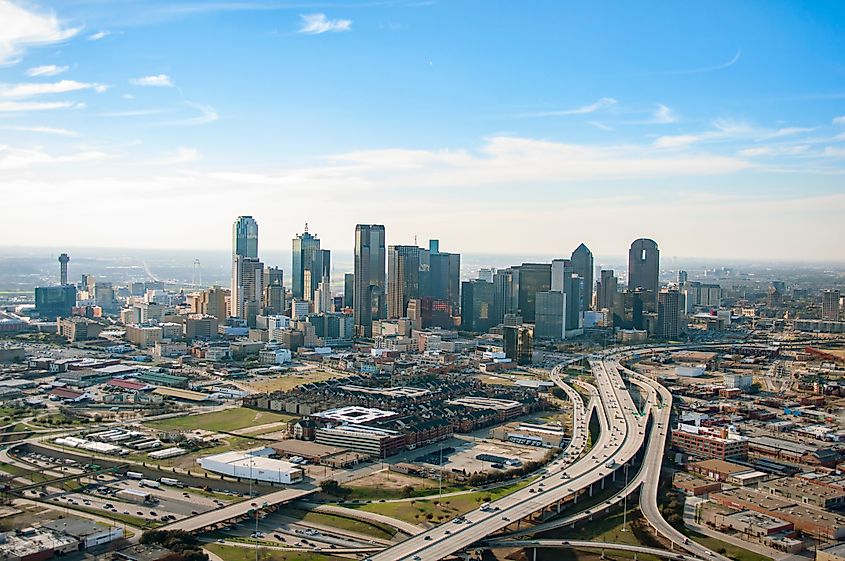
-
Role: Financial and cultural hub
-
Highlights:
-
Dallas is a center for business, finance, and technology
-
Fort Worth preserves cowboy heritage with Stockyards and rodeo culture
-
Both cities together form one of the largest urban areas in the country
-
Dallas and Fort Worth form a unique urban pair, often referred to as the Metroplex. Together, they make up one of the largest metropolitan areas in the country. Dallas is the financial and business hub, hosting headquarters for major corporations and a thriving technology sector. Its skyline is iconic, filled with modern architecture and symbols of economic growth. Dallas is also a cultural center, home to world-class museums, theaters, and a vibrant arts scene that rivals much larger cities elsewhere.
Fort Worth adds balance to the Metroplex with its more traditional Texan character. Known for its Stockyards and rodeo culture, Fort Worth preserves the state’s cowboy heritage while maintaining a diverse economy including energy, manufacturing, and healthcare. The contrast between Dallas’s urban sophistication and Fort Worth’s historical charm creates a dynamic pairing, making the northern point of the Texas Triangle both influential and distinctive.
Houston

-
Role: Global trade and energy hub
-
Highlights:
-
Port of Houston is one of the busiest in the US
-
Strong sectors: energy, healthcare, aerospace, technology
-
Rich cultural diversity contributes to arts, festivals, and cuisine
-
Houston, located on the eastern edge of the Triangle, serves as a global economic powerhouse. Its port is one of the busiest in the nation, and the city’s energy sector, particularly oil and gas, drives not only the state’s economy but also has a significant impact worldwide. Houston’s diverse economy extends into healthcare, aerospace, and technology, giving it a resilience that allows the city to thrive despite economic fluctuations.
The city’s population has grown rapidly over the last two decades, contributing to the Triangle’s overall expansion. Houston is also a cultural mosaic, with a variety of international communities that enrich its culinary scene, festivals, and arts offerings. The city’s significance within the Triangle extends beyond commerce; it serves as a cultural hub, a gateway to the Gulf Coast, and a center for innovation and education.
San Antonio
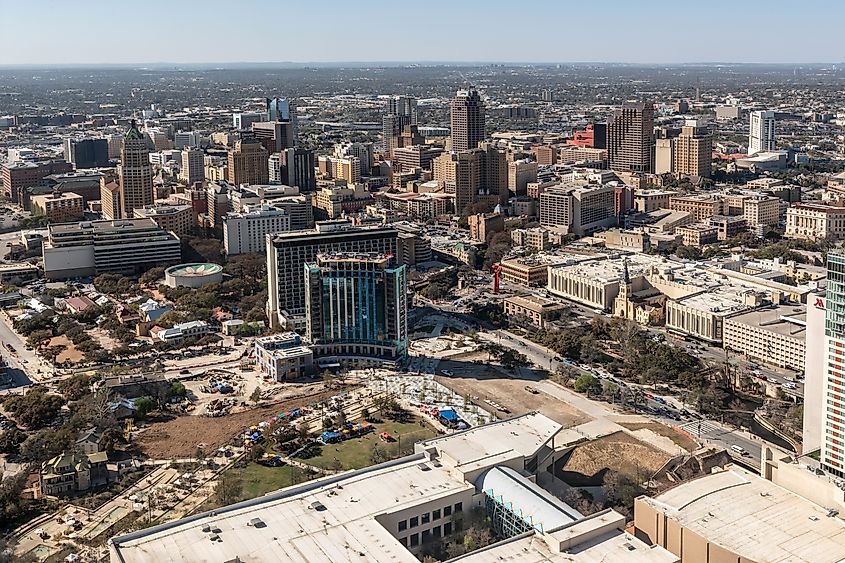
-
Role: Cultural anchor and growing metropolitan area
-
Highlights:
-
Famous for the Alamo and Spanish missions
-
Economy: military, government, healthcare, tourism
-
Located along key interstates linking Austin, Dallas-Fort Worth, and Houston
-
San Antonio occupies the southwestern point of the Triangle and is steeped in Texas history. Famous for the Alamo and its Spanish missions, San Antonio provides a link to the state’s past while evolving into a modern metropolitan area. Its economy has diversified from military and government services to include healthcare, tourism, and finance.
San Antonio’s growth has helped fuel the overall expansion of the Triangle. The city’s cultural heritage makes it a destination in its own right, while its location along Interstate 35 and Interstate 10 ensures connectivity with Austin, Dallas-Fort Worth, and Houston. The blend of historic charm and modern urban growth gives San Antonio a unique role within the Triangle as both a cultural anchor and a driver of regional development.
Austin
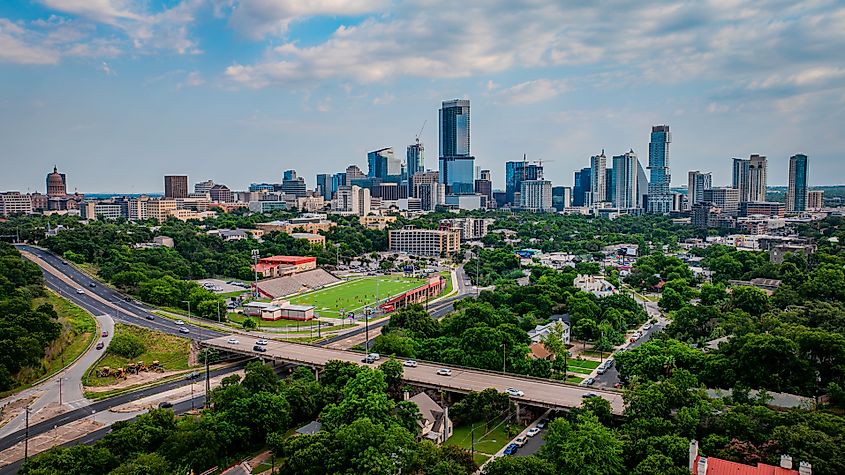
-
Role: State capital and technology hub
-
Highlights:
-
Tech innovation and “Silicon Hills”
-
Thriving music and cultural scene
-
Interstate 35 connects Austin with Dallas-Fort Worth and San Antonio
-
Austin, located roughly in the center of the Triangle, functions as a bridge between the northern and southern cities. It is the state capital, serving as the hub of government and political activity. The city also carries a reputation as the cultural and creative heart of Texas, with a thriving music scene, festivals, and an emerging technology sector earning it the nickname “Silicon Hills.”
Austin’s population boom has contributed to the Triangle’s overall growth. Its combination of government, education, and tech innovation creates a dynamic economic ecosystem that attracts young professionals and families. Interstate 35 connects Austin directly to both Dallas-Fort Worth and San Antonio, making it a critical junction within the Triangle.
The Pulse of Texas
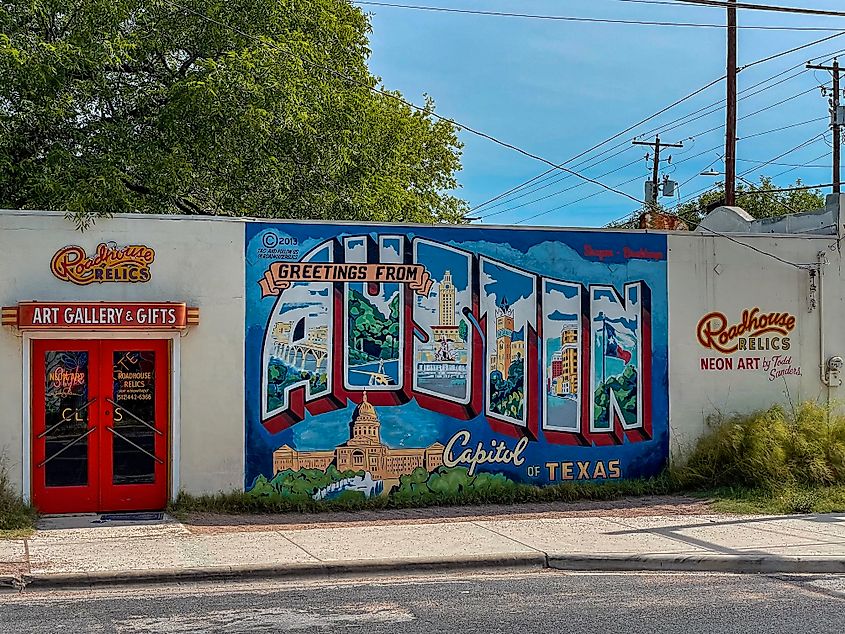
The Texas Triangle is a unique region where cities, counties, and highways combine to shape the state’s identity. Dallas-Fort Worth drives commerce and preserves Texan tradition, Houston anchors trade and innovation, San Antonio balances history with modern growth, and Austin fuels creativity and political influence. Smaller metropolitan and micropolitan areas tie the region together, creating one of the most influential and dynamic megaregions in the United States.
Understanding the Triangle provides insight into Texas’s growth, culture, and political complexity, offering a lens into how a few urban centers can influence an entire state.
FAQ About The Texas Triangle
What cities make up the Texas Triangle?
The Texas Triangle connects Houston, Dallas-Fort Worth, San Antonio, and Austin, forming a high-growth mega-region in the heart of the state.
Why is it called the Texas Triangle?
The name comes from the triangular shape created by the interstate highways linking the four major metros: I-45, I-35, and I-10.
How large is the Texas Triangle?
The region covers more than 60,000 square miles and contains a majority of Texas’s population.
How many people live in the Texas Triangle?
More than 20 million residents live within the Triangle, making it one of the fastest-growing mega-regions in the United States.
Is Austin officially part of the Texas Triangle?
Yes. Austin sits directly along the I-35 corridor between Dallas-Fort Worth and San Antonio, placing it firmly within the Triangle.
Why is the Texas Triangle important?
It serves as the state’s economic engine, home to major industries including tech, energy, aerospace, health care, and advanced manufacturing.
How long does it take to drive around the Texas Triangle?
A full loop through the Triangle generally takes 12 to 14 hours, depending on route and traffic.
Do the cities share cultural similarities?
Each city maintains its own identity, though they share strong ties in business, higher education, transportation, and innovation.
Is the Texas Triangle continuing to grow?
Yes. Projections show steady growth across all four metros, with expanding suburbs and infrastructure investment strengthening the region even further.
